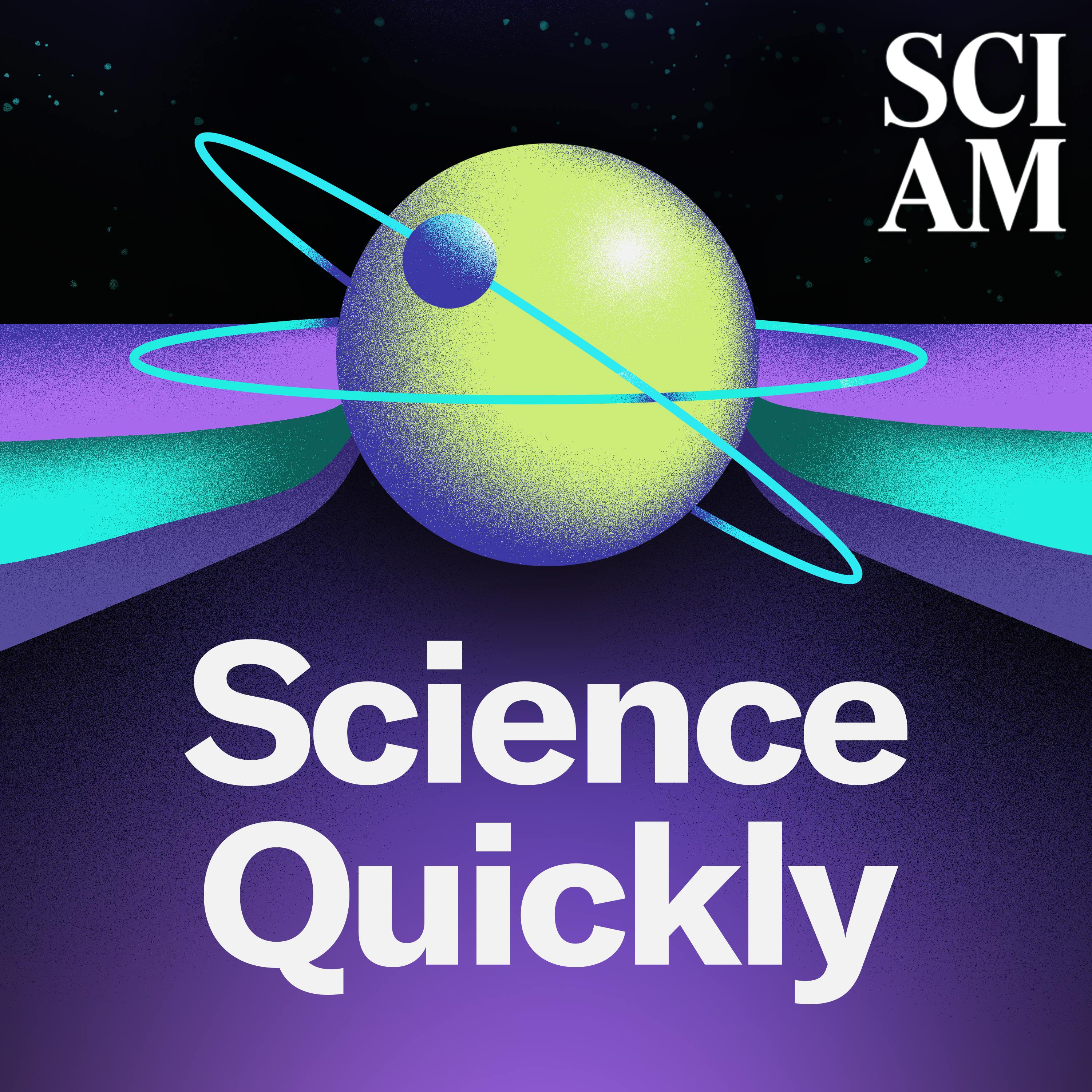
Iron Deficiency and Anemia May Be More Common Than We Know

Science Quickly
Deep Dive
Why is iron deficiency a significant health issue for young women?
Iron deficiency is a significant health issue for young women, especially those with heavy menstrual bleeding, as it can lead to fatigue, mental health issues, and other symptoms. Nearly 40% of otherwise healthy adolescent women are iron-deficient, and 6% are anemic, according to a study using a national database.
Why do doctors often miss cases of iron deficiency and anemia in adolescents?
Doctors often miss cases of iron deficiency and anemia in adolescents because the symptoms are nonspecific and can be attributed to other common issues like stress, lack of sleep, and busy lifestyles. Symptoms like fatigue, trouble sleeping, and hair loss can be caused by multiple factors, making it difficult to pinpoint iron deficiency.
Why is it important to diagnose iron deficiency even before it leads to anemia?
It is important to diagnose iron deficiency even before it leads to anemia because iron is involved in various bodily processes beyond just red blood cell production. Iron deficiency can cause symptoms like poor sleep, anxiety, depression, and fatigue, which can significantly impact quality of life. Early diagnosis and treatment can improve these symptoms.
What are the main takeaways for patients regarding iron deficiency and anemia?
The main takeaways for patients are to be aware that iron deficiency is prevalent, especially in women who menstruate, and can cause a wide range of symptoms. Patients should not hesitate to discuss these symptoms with their healthcare provider and advocate for testing. Effective and inexpensive treatments are available and can significantly improve well-being.
What is considered a normal menstrual cycle, and why is this important for identifying iron deficiency?
A normal menstrual cycle should not last more than seven days, and you should be able to go multiple hours without changing a product. Signs of abnormal bleeding include bleeding for more than a week, needing to change products frequently, having accidents, and waking up at night to change. Identifying abnormal menstrual bleeding is crucial for preventing severe iron deficiency and anemia.
Shownotes Transcript
Low iron levels can cause fatigue and impact mental health, but doctors often miss cases of iron deficiency and anemia. Pediatric hematologist Angela Weyand, a clinical associate professor at the University of Michigan Medical School in Ann Arbor, points to one population that could be at a higher risk—young women with heavy menstrual bleeding. In one study from a national database, nearly 40 percent of otherwise healthy adolescent women were iron-deficient, and 6 percent were additionally anemic. Awareness and self-advocacy could help people receive accessible and inexpensive treatments for low iron levels.
Recommended reading:
What Is Implicit Bias, and How Might It Affect Your Next Medical Visit?)
E-mail us at [email protected]) if you have any questions, comments or ideas for stories we should cover!
Discover something new every day: subscribe) to Scientific American and sign up) for Today in Science, our daily newsletter.
** **
Science Quickly is produced by Rachel Feltman, Fonda Mwangi, Kelso Harper, Madison Goldberg and Jeff DelViscio. This episode was hosted by Rachel Feltman. Our show is edited by Fonda Mwangi, with fact-checking by Shayna Posses and Aaron Shattuck. The theme music was composed by Dominic Smith.
Learn more about your ad choices. Visit megaphone.fm/adchoices)